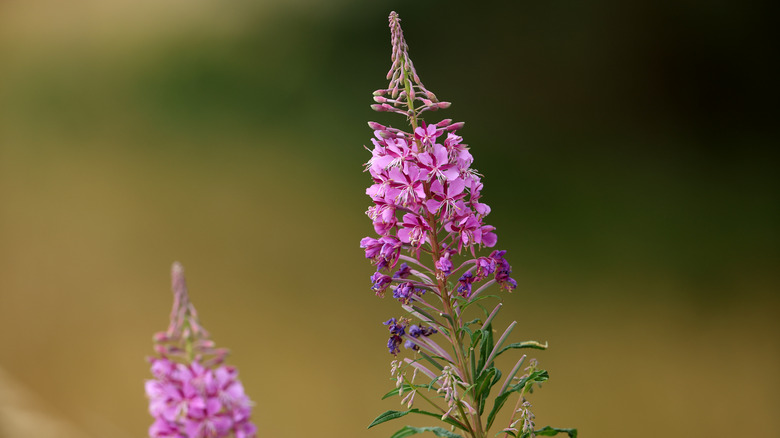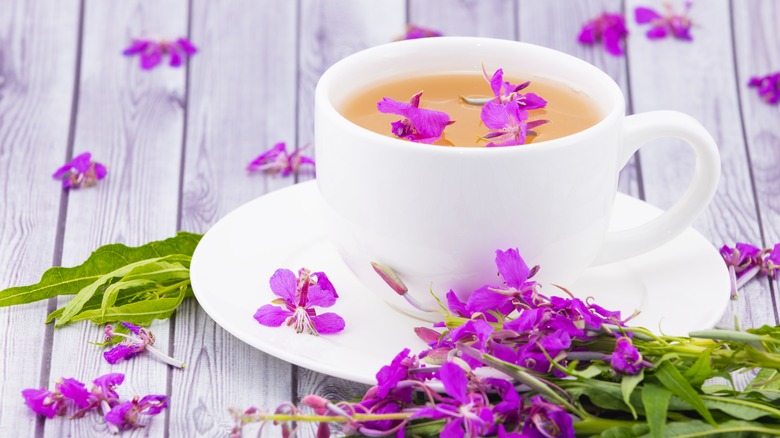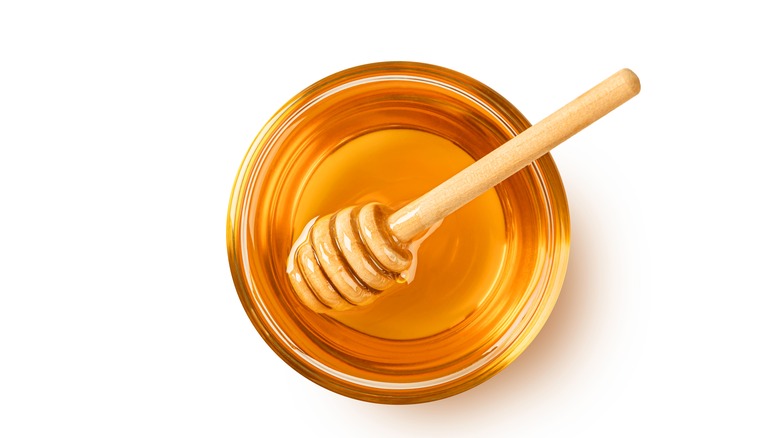Out Of The Ashes: Alaskan Wildfires Give Rise To Fireweed Honey And Jelly
Over the last two decades, wildfires in Alaska have only grown more intense, with wildfire season starting as early as April, before peaking in midsummer and dying down at the start of autumn. These enormous destructive events can wreak damage on native ecosystems, destroying forests and tundra, but one curious plant has managed not only to survive these conditions but to thrive in them.
Fireweed (Chamerion angustifolium) is native to much of North America and is named for its ability to populate land shortly after it has been ravaged by wildfires. Their underground rhizomes can repopulate the plants quickly even if their stems, leaves, and pink-purple flowers have been destroyed, and their incredible ability to re-seed themselves makes them primed to target any empty fields where other flora have burnt away.
But fireweed is more than just resilient: It's delicious and beloved in parts of the continent as an ingredient in honey and jelly.
Fireweed benefits
Fireweed is an important plant in many native communities in North America, particularly the Sugpiaq, Inupiat, Tlingit, Athabascan, and Yup'ik peoples. It is beloved for both its nutritional and medicinal uses. It was historically used to draw pus out of wounds and applied to cuts due to its antiseptic properties. Other uses are as varied as helping with a common cold, constipation, or childbirth. Its stalks can be woven into various crafts, and some people even use it in facial products for its alleged anti-aging benefits.
Fireweed shoots can be eaten raw or cooked, and are best harvested when the plants are still young. It is chock full of vitamins C and A, and it has both anti-inflammatory and antioxidant properties. Its leaves can be used to make tea, and fireweed flowers are often locally used to produce fireweed jelly, which has a bright pink color and a tart, fruity, and floral flavor.
Fireweed jelly and honey
To make fireweed jelly, simply find your nearest field of fireweed and go absolutely ham. Since these plants are so hardy, this is ethical foraging at its finest! Grab as many flowering stalks of Fireweed as you can, then separate the flowers from the stems, and boil the flowers. Then, strain the flowers, add lemon juice, sugar, and pectin, boil for one minute, then scoop into jars and pack them away. The lemon juice helps reanimate the vibrant color of the original flowers. When the jelly sets, you'll be able to use it on toast, scones, peanut butter and jelly pancakes, or whatever piques your fancy.
Fireweed honey is even rarer than fireweed jelly since it can't be made, only collected from bees that have fed on fireweed nectar. It is considered a delicacy, and is known as the "champagne of honeys." But if you don't live near an area that produces Fireweed honey, there are many online distributors where it can be easily purchased.



